These small creatures may be diminutive in size, but their hunting success puts even tigers, leopards, and crocodiles to shame.
10. Tarantula
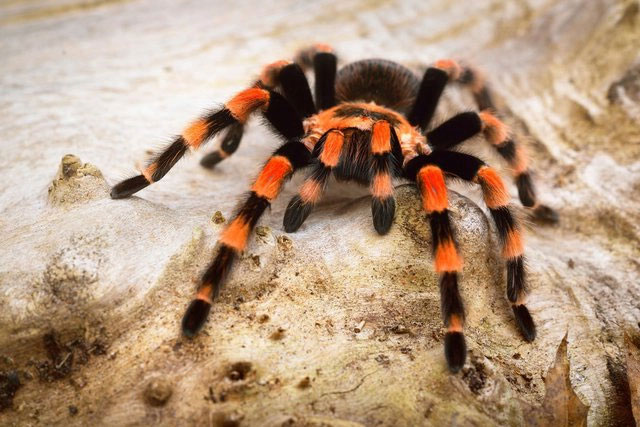
Tarantulas use their long legs to capture prey. (Photo: Pixabay)
The tarantula is renowned as one of the most fearsome predators on the planet. Their technique is so skilled that no prey within their sight stands a chance of survival. The common attack method of a tarantula is to wait for an unfortunate victim to come close and then suddenly pounce without warning.
Tarantulas are relatively large compared to other spider species. An adult tarantula can reach a body length of over 12 cm, with a leg span of 70 cm. With such long legs, tarantulas can easily capture and devour their opponents in the blink of an eye.
9. Piranha
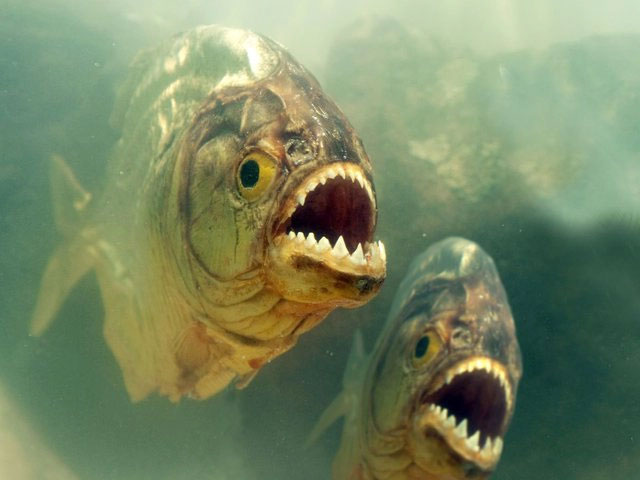
Piranhas have razor-sharp teeth and incredibly strong jaws. (Photo: Pixabay)
Among all fish species, the hunting prowess of piranhas is perhaps best known through films. Although not very large, piranhas possess razor-sharp teeth and extremely powerful jaws, which is why scientists classify them as fierce predators in South America.
Piranhas typically hunt in the early morning or at dusk. They often hide underwater, waiting for smaller prey to swim by. Then, they attack with maximum speed, swiftly dispatching their target. Notably, when targeting larger prey such as rodents or even horses and cattle, piranhas hunt in groups.
8. King Cobra

A single bite from a king cobra can kill an adult elephant. (Photo: Pixabay).
The king cobra is known for its terrifying attack speed. These snakes typically inhabit forests and prefer to hunt birds, small reptiles, and even their own kind.
This species can kill an adult elephant with just one bite due to its venom, which quickly causes damage to nerve tissue and immobilizes cells. A single bite contains approximately 200 to 500 mg of venom, leading to paralysis, respiratory failure, impaired vision, and death.
7. Tarantula Hawk Wasp
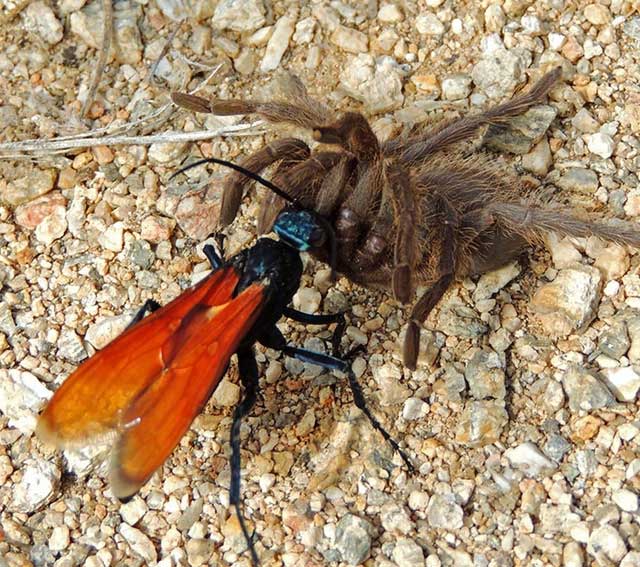
Tarantula hawk wasps use their venom to attack prey. (Photo: Pixabay).
The ideal habitat for tarantula hawk wasps is in the forests of North America. Although they are not large, measuring about 5 cm in length, these wasps can kill spiders many times their size.
Tarantula hawks inject venom into spiders and then lay their eggs inside the prey. The larvae develop and grow within the spider’s body, eventually consuming it from the inside out. While they rarely attack humans, their venom is ranked second in terms of pain inflicted.
6. Firefly

Fireflies use their light to lure other creatures closer and prey on them. (Photo: Pixabay).
If you still think of fireflies as gentle insects, you are mistaken. In reality, fireflies are skilled predators that use their light to lure prey. When the prey gets close enough, the firefly captures and kills it.
5. Dragonfly
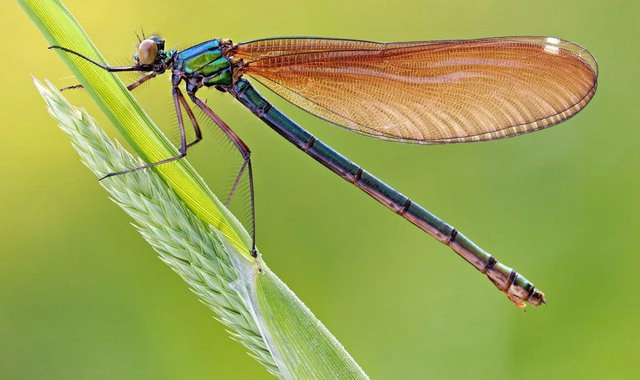
Dragonflies have a hunting success rate of up to 95%. (Photo: Pixabay).
Few would expect that the animal with the highest hunting success rate is not a cheetah or any big cat, but a small dragonfly. This was revealed in a study conducted by the Willistown Conservation Trust. According to scientists’ analysis, dragonflies are among the most successful predators on the planet, with an accuracy rate of 95% in capturing prey. This percentage surpasses that of any other creature on Earth.
Not only do they have rocket-like flight speed, but dragonflies also possess an incredibly responsive nervous system. They can accurately predict the future position of their prey, allowing them to strike with precision in mid-air.
4. Irukandji Jellyfish
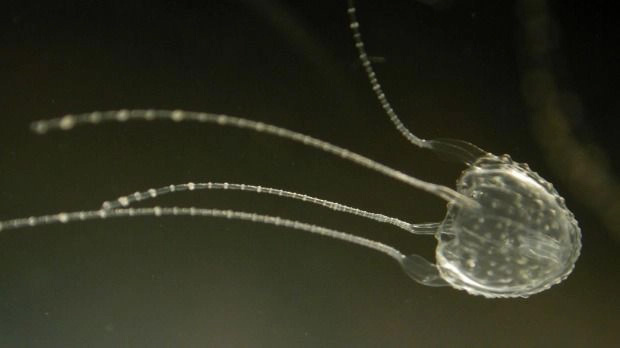
Despite being only 2 cm long, the venom of the Irukandji jellyfish is 100 times more potent than that of a king cobra. (Photo: Pixabay).
The Irukandji jellyfish measures about 2 cm in length but possesses the strongest venom in the animal kingdom. After analysis, scientists concluded that the venom of the Irukandji jellyfish is 100 times stronger than that of a king cobra and 1000 times stronger than that of the tarantula hawk wasp.
Prey bitten by the Irukandji jellyfish experiences symptoms such as headaches, vomiting, increased blood pressure, and is likely to die. Currently, scientists have extracted the venom from this jellyfish to develop an antivenom.
3. Poison Dart Frog
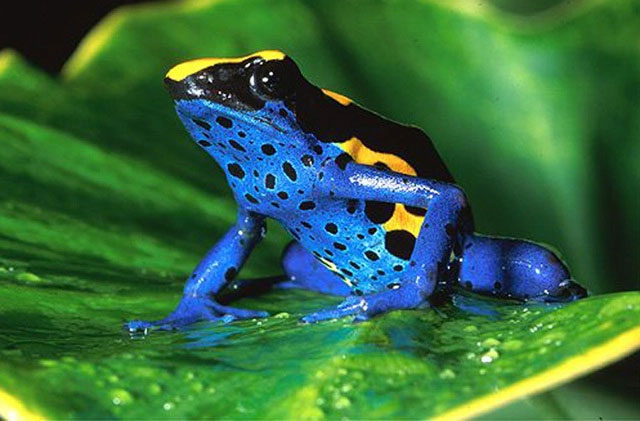
The toxin of the poison dart frog is found in the glands under their skin. (Photo: Pixabay).
At first glance, poison dart frogs are vibrantly colored and attractive. However, they are quite small, with the largest measuring no more than 6 cm. Yet, this “allure” can produce enough toxin to kill 10 healthy individuals.
The toxin of these frogs is a black secretion from their backs. They store their venom in glands beneath their skin and can release it into prey or any creature that dares to touch them. According to scientists, the toxin released by poison dart frogs is batrachotoxin, one of the most potent neurotoxins in the world. This toxin paralyzes the prey’s nervous system, preventing communication with the entire body, leading to death.
2. Fire Salamander
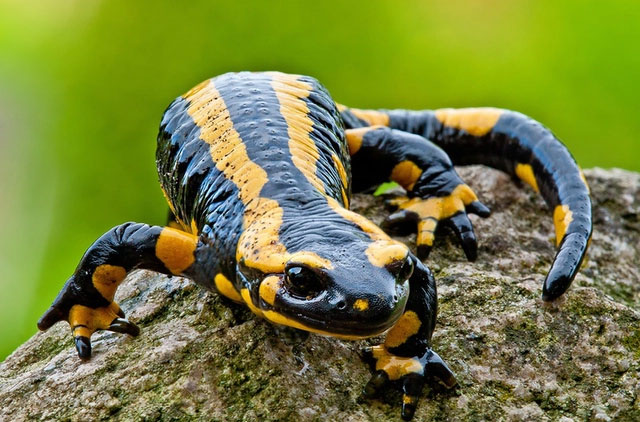
The venom of the fire salamander can paralyze the central nervous system of its prey. (Photo: Pixabay)
The fire salamander is commonly found in various regions of Europe. They are famous for their striking black, yellow, or bright orange appearance. Due to their beautiful appearance, they are often kept as pets. However, few realize that this small amphibian is toxic and can cause serious effects. If accidentally sprayed with the fire salamander’s toxin, the victim may experience paralysis of the central nervous system and issues such as high blood pressure and seizures.
1. Harvester Ant
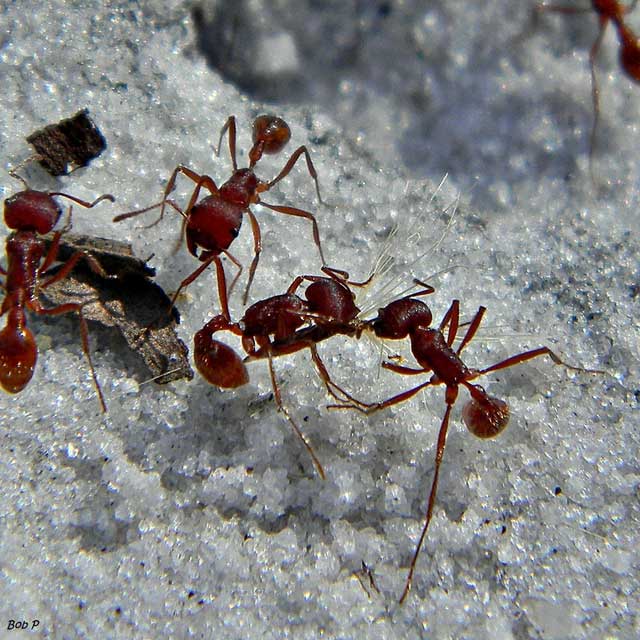
Harvester ants attack prey using venom and their large numbers. (Photo: Pixabay).
Harvester ants have a unique method of attacking their prey. Initially, one harvester ant will bite the prey, leaving behind a pheromone trail that signals nearby ants. They quickly gather and attack the victim in large numbers. The prey can die from anaphylactic shock due to the venom released by the harvester ants. Thus, despite their small size, harvester ants are a source of fear for many creatures.




















































